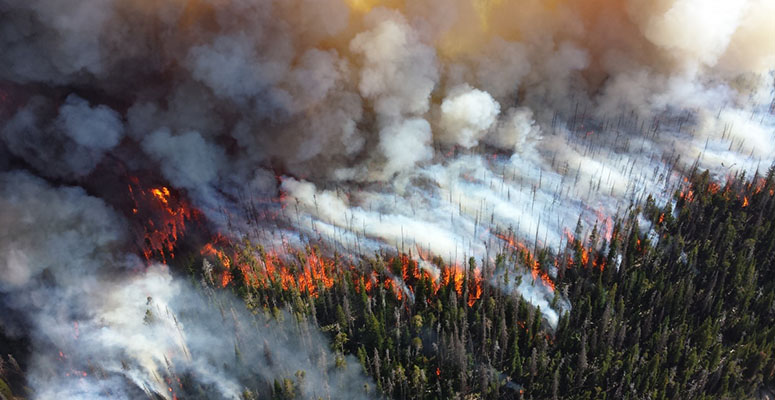NCAR studies the atmosphere, of course. But that's just the start.
The hundreds of scientists who work here research all things atmospheric — which includes everything from the microphysics of cloud formation and the chemistry of air pollution to large-scale planetary waves and the impact of increased greenhouse gases on our climate. Since the atmosphere interacts with everything it touches, its crucial to investigate those interactions, too.
We are illuminating the complicated relationships between our atmosphere and the rest of the Earth system, including the oceans, the land surface, and even the Sun. Better understanding of these relationships, which we meticulously model and observe, allows us to better serve society by providing the predictive capabilities and applications needed by a range of stakeholders, from farmers to retailers, resource managers, and the military, to plan for the future.
We believe this work is more important than ever. As society struggles to deal with rapidly changing environmental conditions, the need for relevant information and services continues to grow. The hazards of long-term atmospheric and climate changes, air pollution episodes, extreme weather, geomagnetic storms, and related impacts such as drought, storm surges, and wildfires take a significant toll in terms of human life and economic loss.


